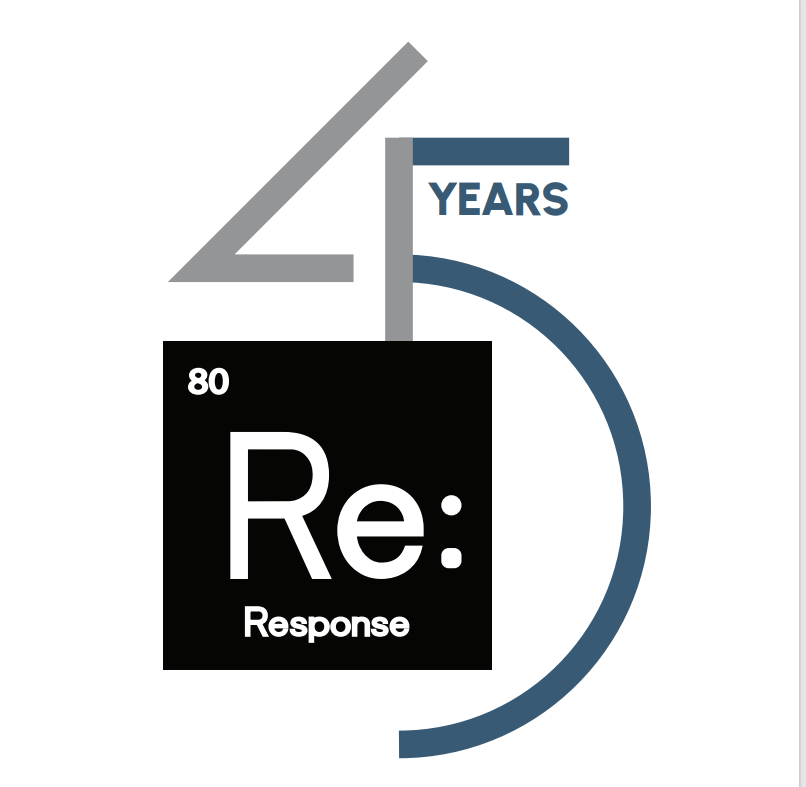Tread the Line
As anxiety around data collection and use grows, many marketers struggle with the fine line between privacy and personalization. At the same time, marketers also strive to keep up with ever-changing technology, growing data sources, and new regulations. The tightrope of eCommerce personalization may in reality be creepy and helpful.
The value of personalization is clear. Yet, as with all things, personalization efforts can go too far.
- Marketing personalization yields outstanding results. Adding personalization to eCommerce offers real growth opportunities.
- 91% of consumers are more likely to shop with brands that recognize, remember, and provide relevant offers and recommendations.
- Online retailers employing personalization efforts have seen increases in sales by an average of 19% across the board.
- Overall, 94% of marketers agree that personalization is critical to their success.
As far back as the introduction of personalization, there have been issues. While the era of “Dear Sir or Madam” has long passed (we hope), emails addressed to “Hey {first-name}!” are sent and received every minute and have become the norm.

However, improper or persistent retargeting has its downside. Just because a husband bought his wife a new workout outfit as a birthday present does not mean he wants to be offered Lululemon bras all day, every day. After a few annoying experiences, people lose interest or incentive to continue shopping.
Worse still is when marketers try to push the personalization envelope and fully cross over the fine line. While some of the below examples are dated, they help illustrate the point.
- Pinterest emailed some of its users to congratulate them on their upcoming weddings. The women who received these emails were not getting married.
- Target collects vast amounts of data on every person who walks into their stores and links other data to their unique Guest ID. Based on purchase history, they used their data to congratulate a young teen on her pregnancy…and this is how her dad learned about it.
- Nordstrom used mobile phone tracking to understand shopper behavior better. However, after a news report revealed this tactic, negative public attention forced the retailer to discontinue their activities.
With the introduction of machine learning and artificial intelligence solutions to aid personalization, it’s unclear if these examples will accelerate or clear up. There is, unfortunately, the potential for both.
McDonald’s just announced a test to improve drive-through operations. When a car pulls into the line, a camera scans the license plate, triggering the menu board to suggest orders based on previous visits. Auto ordering (pardon the pun) may seem creepy. However, Mickey D’s will only use the technology for guests who provide permission upfront.
Earlier this year, mobile carriers were sued for allegedly selling customers’ real-time location data without proper consent or legal authority. The lawsuit claims data was sold to credit agencies, bail bondsmen, and other third parties “without the required customer consent and without any legal authority.”

Consumers will typically opt-in or permit location tracking for legitimate services, such as fraud prevention and emergency roadside assistance. However, no one usually reads those lengthy Terms and Conditions, do they?
Staying on the Right Side of the Personalization Line
Staying on the right side of the eCommerce personalization line requires both fundamental and advanced efforts. Legal compliance, accuracy, and transparency are all required foundational elements; once these are in place, breakthroughs are possible.
Legal Compliance
Compliance with statutory regulations regarding the use of personal data is an absolute. Understanding the laws already on the books such as GDPR, CCPA, and those yet to come are table stakes. Brands must also ensure that partners are compliant, too. Anyone out of alignment here needs to stop and fix this before moving onwards in their personalization journey.
Accuracy
Ensuring customer data is accurate, complete, and up-to-date provides a reliable foundation for personalization efforts. Knowing prospects and customers (and the differences between them) are critical to the success of any marketing campaign. Using bad data leads to a variety of issues ranging from the loss of consumer trust to the loss of business.
Transparency
Any company collecting and using personal data not only needs to have a privacy policy but also needs to be transparent with how customer information can be used. Collecting data for one purpose and using it for another is not only bad business but can very well be illegal.
Next, let’s address best practices to improve eCommerce personalization.
Recognize and React
Integrate personalization tools across your site and all your channels. Apply consistent personalization on all conversion points from the landing page to the email purchase receipt. Creating a seamless ID management strategy helps with more relevant communication. Many stores online rely on historical data and fail to connect to real-time activities. Linking prior database knowledge with how customers interact with a site in the present allows for greater personalization. Real-time data provides active personalization opportunities to sell now and gives the customer a seamless, dynamic experience. Personalization is not something you can set and forget.
Think Out of the Box
Personalization equals opportunity. eCommerce, website tools, and CRM systems offer a variety of campaign options. First-time visitor campaigns, sales, and welcome emails are just a few of the basic campaigns that improve when personalized. However, applying strategic thinking about your business and your audience can turn basic into breakthrough. Delve deeper into the data to uncover opportunities to better deliver on what your customers seek. Testing new campaigns and new ways of connecting are required.
Keep It Human
The fine line between helpful and creepy is one that all marketers must be mindful not to cross. People actively weigh risks of sharing their information against the rewards promised for doing so. Marketers must similarly consider the same questions. Are you delivering the promised better experience? Or, are you offering little to no value to customers? Think customer-centric first. Marketing must provide real value as defined by the customer, not just digital marketing metrics. Another way to think about the creepy factor? Consider what would happen if your mother or daughter were to receive the message. Humanizing marketing in this manner helps.
Following these steps helps get people to come to your eCommerce store more often and buy more when they are there.
















